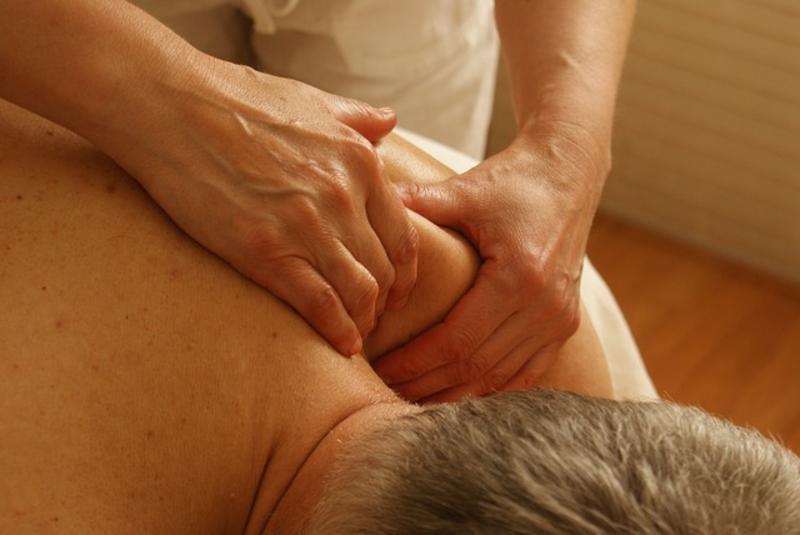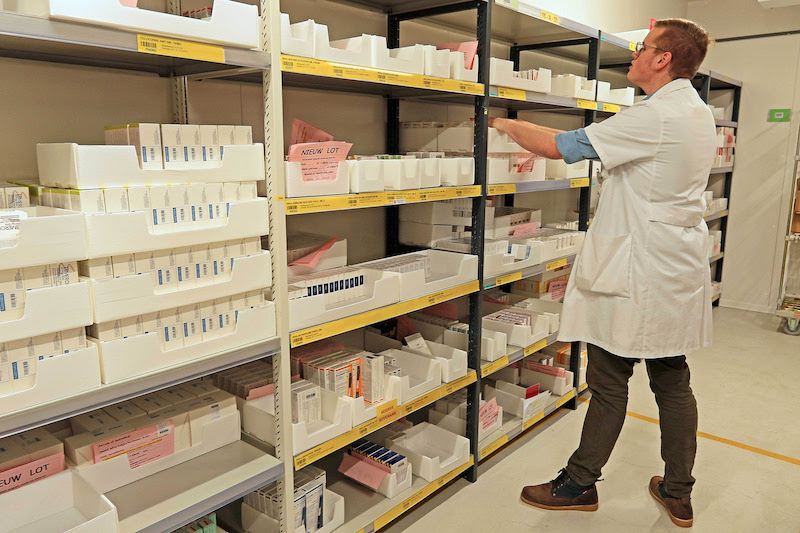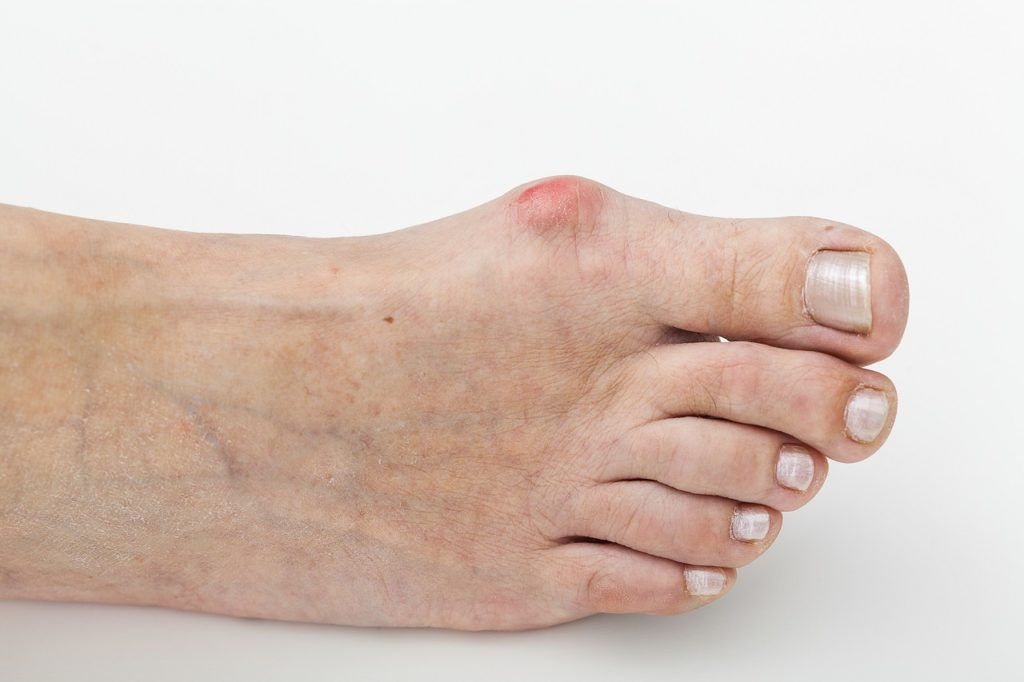
Treatment of rheumatoid arthritis
The treatment of rheumatoid arthritis (RA) are classified into two groups: medicines and drugs.
– Medications: these are responsible for relieving the pain and inflammation in the short term (and anti-inflammatory corticoids).
-Drugs: they serve to delay the progression of the disease. These are the so-called disease modifying drugs (FAME); these drugs may not be effective in 100% of the sick, it is customary that the doctor may prescribe several sequentially until you find that more effective and better tolerated (methotrexate, leflunomide, gold salts, etc. )
RA is a chronic disease, degenerative disease that causes inflammation in the synovial membrane (membrane that nourishes, protects and covers the cartilage) of the joints, with the emergence of: pain, stiffness, swelling and limited mobility and function of various joints.
It is not known what the underlying causes and there is no cure. The goal of treatment for rheumatoid arthritis is to decrease the symptoms and function poorly. The joints most frequently affected are: wrists, hands, ankles, elbows, knees, hips, shoulders and feet. This disease is more common in women and usually appears between 45 and 60 years. However children and the elderly can also be affected.
Treatment of rheumatoid arthritis
Rheumatoid arthritis treatment despite be classified into two major groups, requires a multidisciplinary approach: medicine, drugs, physical therapy, exercise and possibly surgery. Early, aggressive treatment for this type of arthritis may slow joint destruction and although may not be preventable, follow some recommendations can relieve the symptoms of rheumatoid arthritis. The drugs have side effects, therefore, any treatment involves the need to consider that there is greater benefit than risk. In addition, the variable nature of the disease requires to readjust the treatment in the same patient. In the end it will be the sick person who will decide whether to assume the treatment after having all the information possible.
In terms of surgery is used sometimes to correct the joints that have suffered serious damage: Removal of the lining articulate (synovectomy). Total arthroplasty in extreme cases; may include total knee replacement, hip replacement, ankle replacement, arthroplasty of the shoulder and other. On the other hand, the physiotherapy can slow the loss of joint function and help keep the muscles strong. Sometimes, the therapists use special machines to apply deep heat or electrical stimulation to reduce pain and improve joint mobility.
-Other therapies that may help relieve the pain:
-Techniques for the protection of the joint.
-Treatments with heat and cold.
-Splints or braces to support and align joints.
-Frequent rest periods between activities, as well as 8 to 10 hours of sleep each night.
Symptoms
The disease often starts slowly. Initial symptoms may be: minimal joint pain, stiffness and fatigue. Also, bubbles showing hard (nodules rheumatoid) in the chafing of the skin such as the elbows, the back of the fingers of the hands and feet. They can also be located inside the body. In the course of time produces a deformity due to the progressive deterioration of the affected joints.
The joint symptoms can include: morning stiffness that lasts for more than an hour, is common. The joints may feel warm, sensitive and rigid when not in use during one hour. Joint pain is often felt at the same joint on both sides of the body. With time, the joints may lose their range of motion and become misshapen.
Other symptoms:
-Chest pain when breathing (pleurisy).
-Dry eyes and mouth (Sjogren’s syndrome). Burning, itching and discharge from the eye.
-Numbness, tingling, or burning in the hands and feet.
-Sleep difficulties.
Diagnosis
Due to the onset of symptoms of this disease are not very clear during its startup, early diagnosis can be difficult. However, it is very important to diagnose early because it depends on the evolution of the pathology. Therefore, when there is reason to suspect that there may suffer from this condition it is important to go to a rheumatologist to determine which is the most effective treatment. When rheumatoid arthritis develops, the X-rays detect the erosion in the joints. Also, the blood tests detect the presence of an antibody characteristic of the disease.




